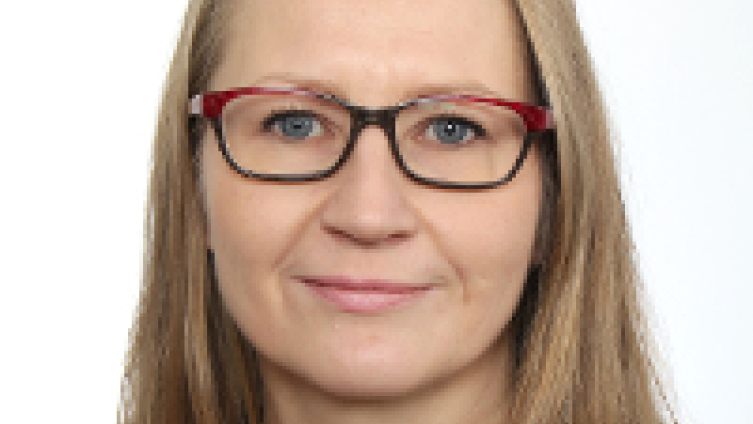Finland is a forerunner in reducing the tedious receipt-checking bureaucracy
The future is already partly here: Finland has already introduced simplified cost procedures in projects funded by the European Agricultural Fund for Rural Development. For example, if a village association builds a lean-to shelter, the due implementation of the investment can be verified with a photo of the completed construction. In a project of this type where the outcome can be easily proven, receipts to verify the costs will no longer be required. The subsidy will be paid when the outcome consistent with the funding decision has been reached and the action has been duly implemented.
Not many other EU countries have any lightened procedures of this type in place, but instead a receipt has to be submitted to the authorities for each and every cost item. Many countries have been interested in hearing about the Finnish model and are planning to introduce it during the next period.
Anything new is frightening
Trying out new things is frightening. It takes courage and effort to find answers to questions that no one else has asked yet. Learning new things is hard, and underlying it is also fear: will I succeed, am I doing things the right way, what if this will not work, are the risks too great?
The same fear is felt by the EU Member State and, eventually, the project applicant when it comes to trying out something new and innovative. E. Rogers’ five-stage theory holds true here: first come the innovators, who develop new approaches, then come the early adopters, followed by the early majority, then the late majority, and finally the remaining laggards, who actively oppose to any new innovations.
Forward by small and large steps
Preparations for the upcoming EU funding period are well under way, and in Finland, the Finnish Food Authority will play an innovator role in presenting and deploying new, simpler models for implementing EU co-financed subsidies. The funding applicant’s workload will be reduced when information systems are streamlined, cost categories are harmonised and the application of payment is made easier. However, the burden will not be reduced if the authorities and applicants are afraid to adopt new models. The progression of a new method from innovation to use by slow adopters will take almost the entire funding period. This has been noted when new procedures were introduced during the current period.
However, by small steps – and sometimes by larger leaps – we are gradually moving from cost-based payment toward profit- and output-based payment of subsidies. The use of new methods takes courage and boldness as well as trust, both from the funding applicant and from the authority.


